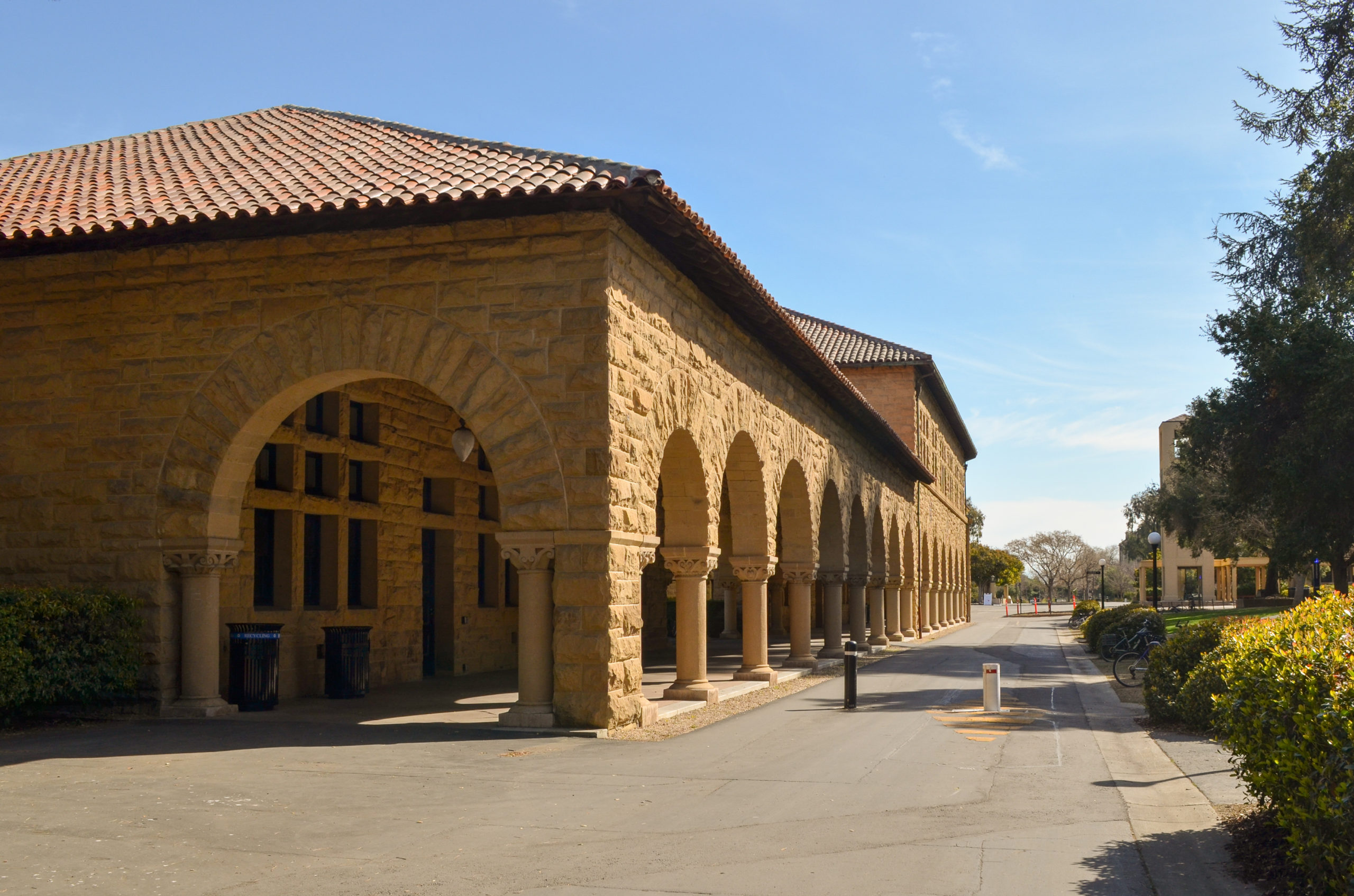The Stanford University Department of Safety (SUDPS) has officially implemented a new safety app called SafeZone, which is designed to provide users with a quick and easy way to report safety incidents and access emergency services.
According to University officials, the app — which was announced in January — is intended to be a tool for students to report incidents, share their location with authorities and access emergency services, such as calling campus security or activating an alarm.
“SafeZone is intended to be an optional tool for enhancing personal safety. DPS is hopeful that the app will help members of the community access emergency resources quickly and effectively for any situation that requires police, fire or medical personnel to respond,” wrote Vince Bergado, the SUDPS Clery Compliance Coordinator and Program Coordinator.
Other universities, like the University of Washington and Northeastern University, currently use the app.
The app was presented during an Undergraduate Senate (UGS) meeting in November, during which SUDPS presented the app and contextualized it with calls from UGS for sexual violence reduction measures.
A few days after the UGS meeting, the app was introduced by Bergado to the Graduate Student Council (GSC) during a council meeting.
At the time, GSC members expressed concern about the potential for misuse and privacy violations. The app is also notorious for draining phone batteries, according to previous app reviews.
“SafeZone brings the functionality of a blue emergency tower to your mobile device, regardless of where you are on campus, and even if you can’t describe your location to responders,” said SUDPS Chief Laura Wilson in the report. Blue emergency towers are tall blue poles that anyone on campus can go to and press a button to be automatically connected to emergency response.
When asked by The Daily how SUDPS will ensure the app is available across campus, specifically in light of an alleged incident of rape that took place at Wilbur parking garage in August, Bergado acknowledged that the University could not guarantee that students’ personal devices will be able to access cellular or wireless internet in all parts of campus.
However, he noted that IT infrastructure initiatives are currently underway to provide WiFi in parking garages, including a project to install WiFi access points in Wilbur Garage.
Despite the choice by SUDPS to move forward with the app’s official rollout to the general Stanford community last month, members of the GSC members continue to express their disapproval of the app. Students expressed concern that the app provides limited utility and raises privacy concerns.
Christie Chang, a third-year immunology graduate student in the School of Medicine, downloaded the app and then uninstalled it, citing concerns about the app’s permission requirements and frustration that much of the feedback provided by students was not implemented.
“I could have just left it on, but I prefer not to just give them a lot of permission because they were requesting a lot, where it’s, like, you need camera permission to access the flashlight mode. I’m like couldn’t you have just done the flash? I don’t know why I needed the camera. It seemed kind of poorly set up based on all the permissions they were asking for. Location sharing makes sense. Bluetooth, I’m not so sure why that was necessary,” Chang said.
The Daily reached out to SUDPS spokesperson Bill Larson about how SUDPS is working to ensure that members of the Stanford community who use the app have their privacy protected, as well as about students’ concerns surrounding the app’s impact on phone battery life. Larson redirected The Daily to Bergado.
“Location information is not shared until the user taps to activate a resource in the app. The information [about the app draining battery life] is specific to the Check-in or Check-in Timer functions of the app, which are not used or monitored at Stanford,” Bergado wrote in an email to The Daily.
The Check-in Timer function would allow the user to share their live location with their designated public safety group on an ongoing basis until the user taps the same button to check out. If the user fails to extend the timer or cancel it, an alert is automatically sent on the user’s behalf to local authorities.
Lawrence Berg, a fourth-year organic chemistry Ph.D. student and the GSC Faculty Senate representative, expressed frustration that the university had allocated resources to the app and other surveillance measures rather than addressing students’ requests for improvements to transportation services.
“I am less concerned about the app overall, as I do not see what utility it provides students as compared to dialing 911 other than alerting SU Department of Public Safety. This, in my opinion, is not worth the price tag,” Berg wrote in an email to The Daily.
Berg went on to express his dissatisfaction with the University’s failure to implement services that students have been requesting.
“I am more upset that money went into this and other things like thousands more surveillance cameras rather than things students actually called for like the N and O Marguerite lines,” Berg said.
“If campus safety is a priority, student feedback should be sought well before the University has spent who knows how much on an app that students probably will not use,” Berg said. “I do not know a single person, grad or otherwise, who has downloaded the SafeZone app, if they even know of the app at all.”
Chang echoed Berg’s sentiment, adding that she also did not know of anyone who had downloaded the app.
